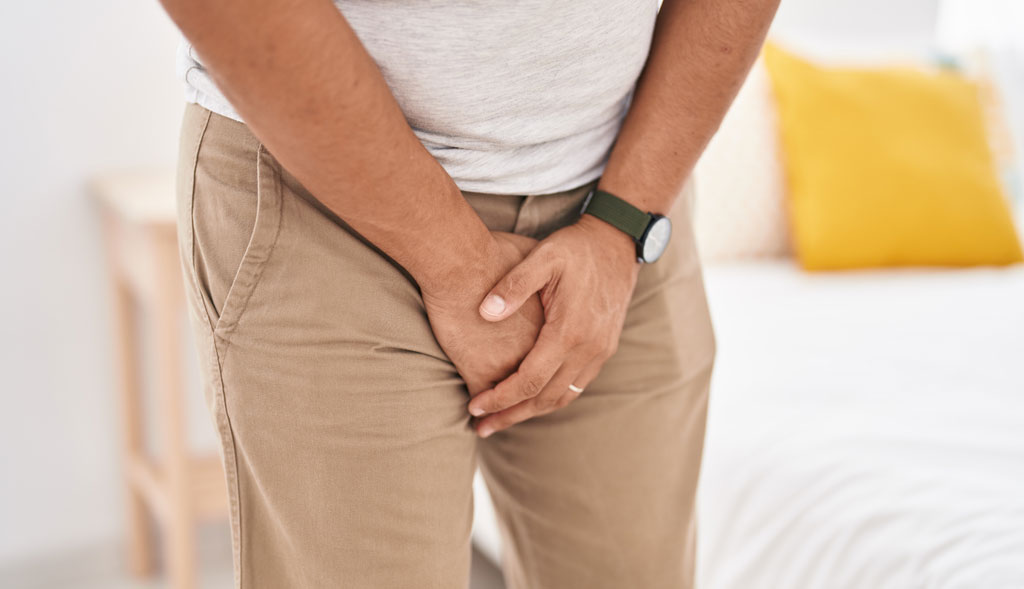
Uroflowmetry is a simple, non-invasive diagnostic test that measures the flow rate of urine. This test is commonly used in urology to evaluate urinary disorders, particularly those affecting the lower urinary tract. The results can help identify various urological conditions, providing crucial information for effective diagnosis and treatment. We will explore the common urological conditions that can be diagnosed with uroflowmetry and the importance of this test in managing urological health.
Understanding Uroflowmetry
Before delving into specific conditions, it’s important to understand how uroflowmetry works. During the test, a patient is asked to urinate into a specialized device that measures the flow of urine. The device records the rate of urine flow, typically in millilitres per second, and provides a graph that shows the flow pattern over time. The test results can indicate whether there is an obstruction or abnormality in the urinary tract.
The parameters measured during uroflowmetry include:
- Peak Flow Rate (Qmax): The maximum flow rate of urine during urination.
- Average Flow Rate: The average flow rate over the course of the entire urination.
- Voiding Time: The total time taken to empty the bladder.
- Voided Volume: The total amount of urine passed during the test.
- Flow Pattern: The shape of the flow curve, which can indicate different types of urinary conditions.
Common Urological Conditions Diagnosed with Uroflowmetry
Benign Prostatic Hyperplasia (BPH)
Benign Prostatic Hyperplasia, or BPH, is a common condition in older men where the prostate gland enlarges, leading to the compression of the urethra and obstructing urine flow. Uroflowmetry is a crucial test in diagnosing BPH. A reduced peak flow rate and prolonged voiding time can indicate the presence of this condition. Patients with BPH often experience symptoms such as a weak urine stream, difficulty starting urination, and the feeling of incomplete bladder emptying. Uroflowmetry helps in assessing the severity of the obstruction and guiding treatment options, which may include medication or surgery.
Urethral Stricture
Urethral stricture refers to the narrowing of the urethra, which can result from injury, infection, or inflammation. This narrowing restricts the flow of urine, leading to lower urinary tract symptoms such as decreased urine flow, frequent urination, and a sense of urgency. Uroflowmetry is an effective tool for diagnosing urethral strictures. The flow curve in patients with a stricture typically shows a prolonged, flattened flow pattern, and a reduced peak flow rate. Identifying the presence and severity of a stricture is vital for planning the appropriate surgical or non-surgical intervention.
Bladder Outlet Obstruction (BOO)
Bladder Outlet Obstruction (BOO) is a condition where the flow of urine is blocked at the base of the bladder, often due to BPH, urethral strictures, or bladder neck contractures. Patients with BOO may experience weak urine flow, difficulty starting urination, and a sensation of incomplete bladder emptying. Uroflowmetry is instrumental in diagnosing BOO by revealing a low peak flow rate and an extended voiding time. Understanding the degree of obstruction helps urologists determine the best course of treatment, whether it involves medication, catheterization, or surgery.
Neurogenic Bladder
A neurogenic bladder is a condition where nerve damage affects the bladder’s ability to function properly. This can result in either an overactive bladder (leading to frequent urination and urgency) or an underactive bladder (leading to difficulty in starting urination and incomplete emptying). Uroflowmetry can help diagnose neurogenic bladder by analyzing the flow pattern. An irregular or interrupted flow may suggest nerve-related issues, prompting further neurological evaluation and targeted therapy to manage the condition effectively.
Post-Prostate Surgery Complications
After prostate surgery, such as a prostatectomy (removal of the prostate) or transurethral resection of the prostate (TURP), some men may experience complications affecting urinary flow. Uroflowmetry is a valuable follow-up test to assess the effectiveness of the surgery and detect any complications, such as urethral strictures or bladder neck contractures. A lower than expected flow rate post-surgery may indicate the need for additional treatment or intervention.
Overactive Bladder (OAB)
Overactive Bladder (OAB) is characterized by a sudden, uncontrollable urge to urinate, often leading to incontinence. While uroflowmetry alone cannot diagnose OAB, it can be used as part of a comprehensive evaluation to rule out other conditions like BOO or neurogenic bladder. The test helps in determining whether the symptoms are due to an obstruction or are related to bladder function, guiding appropriate management strategies.
Importance of Uroflowmetry in Urological Diagnosis
Uroflowmetry is a valuable tool in the diagnostic process for various urological conditions. Its non-invasive nature makes it a preferred choice for both patients and healthcare providers. The test provides quick and reliable data that can help identify the presence of obstructions, strictures, and other abnormalities in the urinary tract. Additionally, uroflowmetry can be repeated over time to monitor the progression of a condition or the effectiveness of treatment.
For patients experiencing lower urinary tract symptoms, uroflowmetry can be a crucial first step in understanding their condition and determining the appropriate course of action. Early diagnosis and treatment of urological conditions are essential in preventing complications and improving the quality of life.
Eastern Diagnostics’ Commitment
Uroflowmetry plays a significant role in the diagnosis and management of various urological conditions. By measuring the flow of urine, it helps identify issues such as BPH, urethral strictures, bladder outlet obstruction, neurogenic bladder, and post-surgery complications. Understanding these conditions and utilizing uroflowmetry effectively allows for timely and appropriate interventions, ultimately enhancing patient outcomes. We, at Eastern Diagnostics,feel that if you are experiencing symptoms related to urination, consult your healthcare provider to discuss whether uroflowmetry might be the right diagnostic test for you. We are always ready to be of service.
